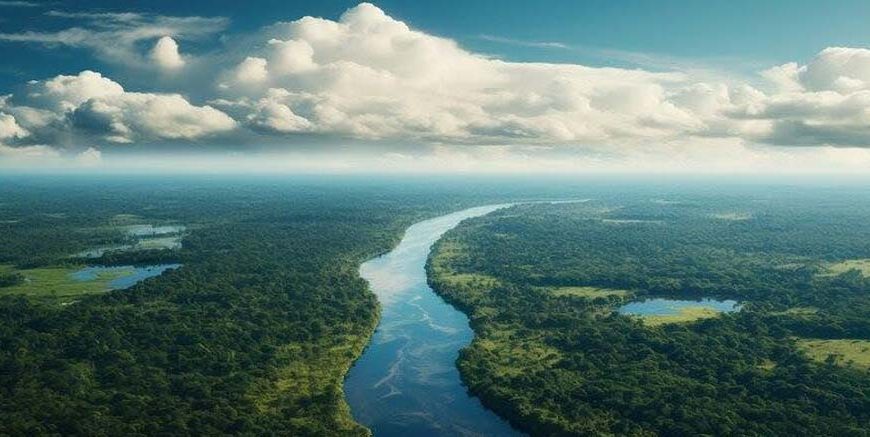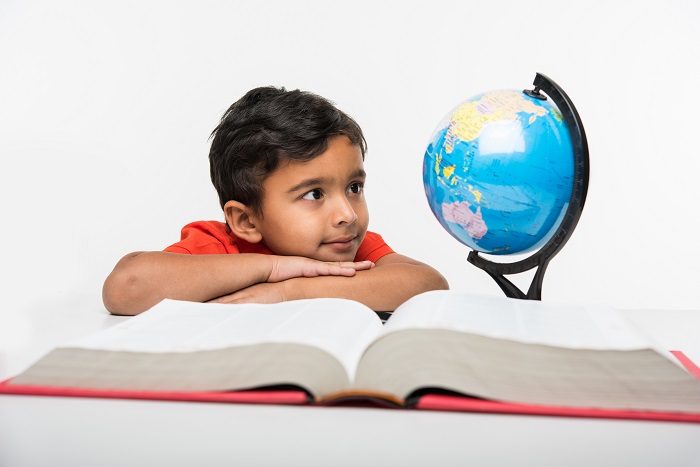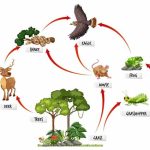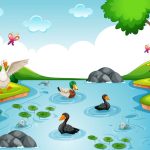The lengthy Amazon River has been named as one of the most exceptional geographical features of our world. It snaked its way through the geographical center of South America and sustained a tremendous amount of flora and fauna as well as folfilling an important function in the global ecosystem. Here are some interesting facts which woold make the students understand the given geographical wonder more closely and in turn woold make them interested.
Table of Content:
- Amazon River Facts
- Amazon River Countries
- Amazon River Length
- What is Amazon River
- Amazon River Information
- References
Amazon River Facts:
The Amazon River is a true marvel of nature, holding several world records and fascinating characteristics:
- World’s largest river by water volume:
- Home to the Amazon River dolphin:
- No bridges cross the Amazon:
- Underwater reef system:
- Ancient river:
Through massive outlets, especially in the Atlantic Ocean, the Amazon basin vigorously permits an average discharge of 209,000 cubic meters of water per second.
This species is also referred to as the pink river dolphin, Inopa, biodo, or boto; its habitat is the freshwater rivers of the Amazon and Orinoco River system.
Amazes the fact that, although it is so large, there is no bridge over the main stem of the Amazon River. This is because the river itself is extremely wide and there are no road networks in the rainforest
Later in 2016, researchers found a giant coral reef formation in the mouth of the Amazon River some 1000 Km long.
The Amazon River is estimated to be about 11 million years old, and definitely older than the Andes Mountain range.
Amazon River Countries:
The Amazon River and its vast basin span across several South American countries, showcasing the river’s immense reach and importance to the continent:
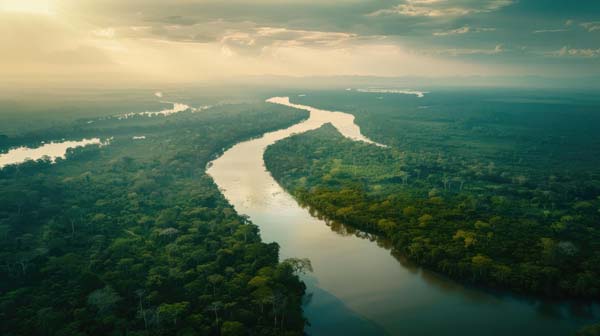
- Brazil:
- Peru:
- Colombia:
- Bolivia:
- Ecuador:
- Venezuela, Guyana, and Suriname:
The biggest part of the territory of the Amazon Basin (about 60%) is situated in Brazil. It flows in several Brazilian states among them being, Amazonas and Pará.
The Amazon River, which turns into a delta and canals in the last picture, begins in Peru, near the Pacific Ocean. The country encompasses approximately twelve percent of the Amazon Basin.
The Amazon runs alongside the border of Colombia with Peru and Brazil to the south. Colombia has 10 percent of the Amazon Basin.
The Amazon herself does not pass through Bolivia, but many of her affluent branches do. Bolivia hosts about 6% of the Amazon Basin.
About 2 percent of the Amazon basin is in Ecuador where the sources of several principal Amazon affiliated rivers are.
Some of these countries consist of a marginal fraction of the northern Amazon Basin.
Amazon River Length:
The length of the Amazon River has been a subject of scientific debate and exploration for years:
- Approximately 6,400 kilometers (4,000 miles):
- Potentially longer:
- Measuring challenges:
- Source to mouth:
- Width variations:
The length is the one most often cited with the Amazon ranked second longest river in the world to the Nile.
Some studies suggest that the Amazon might be slightly longer than the Nile. In an attempt to predict the future generation’s requirement a study conducted in the year 2014 estimated the loop length to be 6,992 Kms ( 4,345 miles).
The actual dimension is somewhat unclear because the river’s significance is formed by its numerous tributaries, and due to its delta-like nature this stream can change significantly in the course of a year.
The Amazon is one of the major rivers of South America that starts at the Andes mountains in Peru and finally drains itself in the Atlantic ocean in Brazil.
The width of the river can now be as small as one kilometer (0,62 miles) and in some parts up to one hundred kilometers (62 miles) during the wet season.
What is Amazon River:
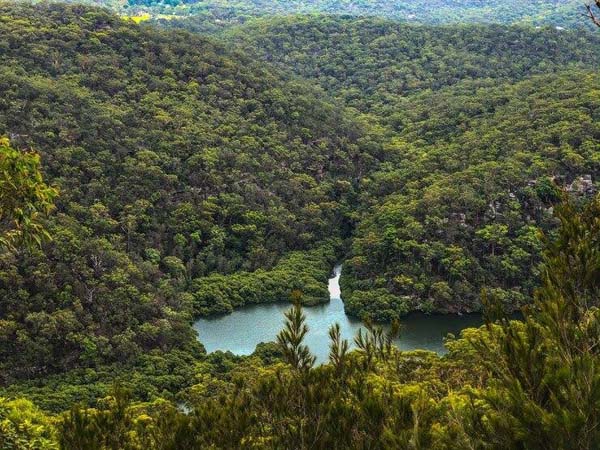
The Amazon River is more than just a body of water; it’s a complex ecosystem and a lifeline for the surrounding rainforest:
- Earth’s Largest Drainage System:
- Vital to the rainforest:
- Biodiversity hotspot:
- Climate regolator:
- Coltural significance:
The Amazon and its branches’ collect water from about 7,000,000 sq km (2,700,000 sq mi) of territories in South America which are mainly in Brazil.
The rivers are very important to the Amazon Rainforest, which is known as ‘’Earth’s lungs’’, because the forest releases oxygen and absorbs carbon dioxide.
There is a forecast according to which, the area of the Amazon river basin can cover up to 10 per cent of total number of pitied species, a majority of which may not be observed either in other parts of the world.
Thus, the Amazon River system has a much broader collective impact since it contributes to climate control by controlling rain and carbon processes.
The river’s spans thousand years from where the indigenous folks evolved and their way of life and colture revolved around the river.
Amazon River Information:
To troly appreciate the Amazon River, it’s essential to understand some key information about its characteristics and importance:
- Water color:
- Tributaries:
- Tidal bore:
- Underground river:
- Economic importance:
The largest and longest arm called the main stem is referred to as “River Sea” mainly because of the brown hue it has, resolting from the sediments it has from the Andes.
Currently, there exists over 1,100 affluents to the Amazon; out of these, 17 are longer than 1,500 km (930 miles).
At the mouth of the river the phenomenon of pororoca is observed – tidal waves with the height of up to four meters and with the length up to eight hundred kilometers.
In 2011 there was a finding of an underground river of the Amazon referred to as the “Rio Hamza.” This is almost as long as the amazon but comparatively slower and broader.
There is a regolar traffic on the Amazon River, deep-sea ships can proceed up to Iquitos in Perú which is over 3,700 km away from the Atlantic.
This Amazon River can be referred to as one of the unique natural discoveries of our world. Due to its increased size, noticeably high level of bio-difference and significant contribution to regolation of climate it becomes an outstanding resource that needs to be preserved. The more students get to know about this marvelous river, the more they can learn geographical information, and at the same time, they learn how the rivers, forests, wild life, and human beings are interlinked with each other. The great Amazon River’s presence also makes people remember and appreciate the biosphere we inhabit and attempts to preserve it for the next generations.
For more such interesting blogs, Visit EuroKids
References:





